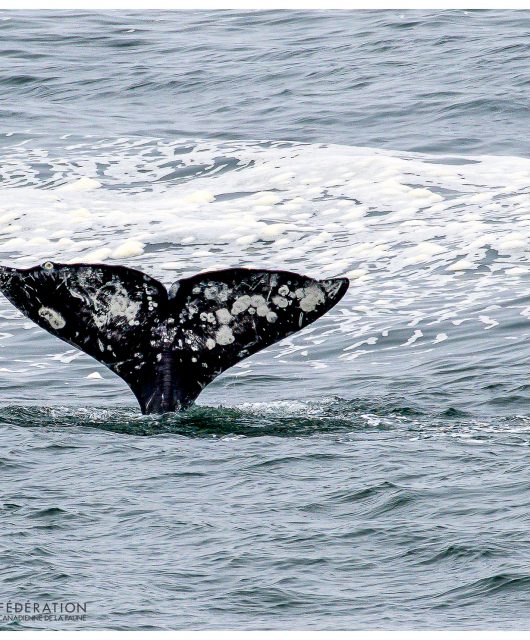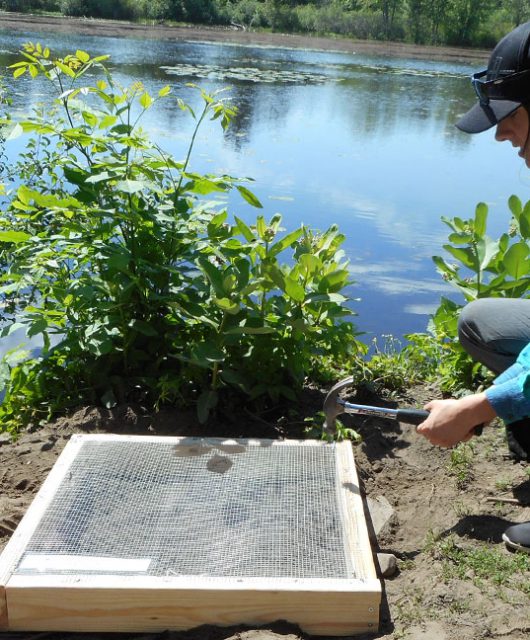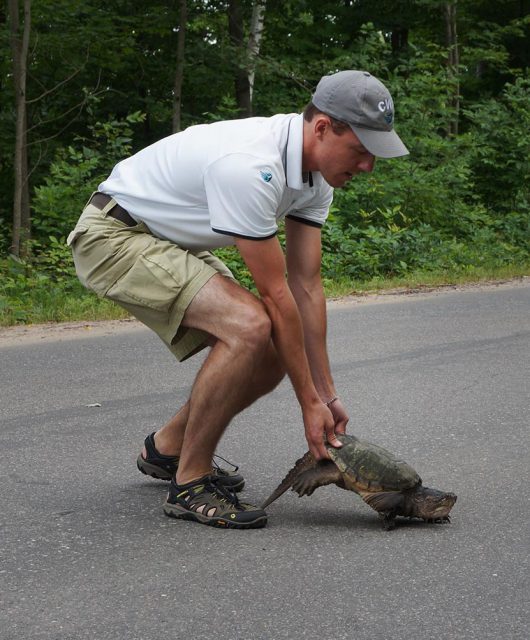Update (July 22, 2017): DFO has now completely closed the crab fishery in Area 12. This will help prevent more entanglements and it is a further, unprecedented action that is very encouraging for Right Whale conservation.
With just over 500 whales across their range, the North Atlantic Right Whale population was small to begin with. However, this summer has seen its numbers dwindle even further when eight North Atlantic Right Whales were found dead in the Gulf of the St. Lawrence. It was a devastating blow to this marine species and I was heartbroken for these animals.
Fisheries and Oceans Canada (DFO) has recognized this disastrous situation and taken action. The Government of Canada has partially closed the crab fishery, prohibiting it from an area of the Gulf of St. Lawrence where a large number of Right Whales have regularly been sighted. This partial closure is relatively large, approximately 20 per cent of the fishing area. This closure will benefit the whales as well as the fish harvesters, who face significant economic and personal risk when a whale becomes snarled in their gear.
No government has ever modified fisheries management to reduce the chance of entanglement between whales and fisheries.
DFO has also asked fishermen to be on alert for whales and to report any sightings. And they’ve requested commercial shipping traffic to reduce its speed as ships transit the Laurentian channel from the Magdalen Islands to the Gaspé Peninsula. These actions will directly reduce the chance that more whales will die because of human activities. All of us at the Canadian Wildlife Federation commend the Government of Canada for taking these actions.
More importantly, this is a game-changer. No government has ever modified fisheries management to reduce the chance of entanglement between whales and fisheries. There is more to be done, but this is not too little too late. These efforts are very encouraging and I’m personally looking forward to working closely with the Government of Canada on the next steps we need to take to reduce the catastrophic interactions between fisheries and these at-risk animals.
My team recently published a scientific paper recommending that the risk of entanglement to Right Whales must be reduced by at least 30 per cent to prevent their extinction. We also show that this can be most efficiently achieved by excluding fishing during the summer months from two areas of Canadian waters that most Right Whales are known to aggregate – namely, the Grand Manan Basin in the Bay of Fundy, and the Roseway Basin on the Scotian Shelf.
Of course, it is important to note that researchers are still discovering new locations where these marine mammals may occur in large numbers. For example, we’re only beginning to learn how much the North Atlantic Right Whale also uses the Gulf of St. Lawrence as we’ve witnessed this year due to increased survey efforts. As such, more areas may need more protection in the future to reduce entanglements between Right Whales and fishing gear. And I am encouraged that the Government of Canada has shown that this is a real course of action that they are capable of putting into motion.
This has been a very tough year for Right Whales already. What most Canadians don’t know is that every year is a tough year for these marine mammals.
We remain hopeful, because of this growing attention and growing interest in protecting these amazing beasts. CWF is committed to changing the way we use our oceans so that we can continue to benefit from them without driving the North Atlantic Right Whale to extinction.
Watch the latest video from Hinterland Who’s Who to learn more about Right Whales:
Featured photo courtesy of Moira Brown and New England Aquarium






1 comment
THANK you for all you’re doing for the whales and dolphins caught in fishing nets….I have in fact written a musical about this issue and hope to have it produced in Canada. Do you have any suggestions? Theatre can awaken the public and inspire action!
Best, Jean E. Manning
[email protected]